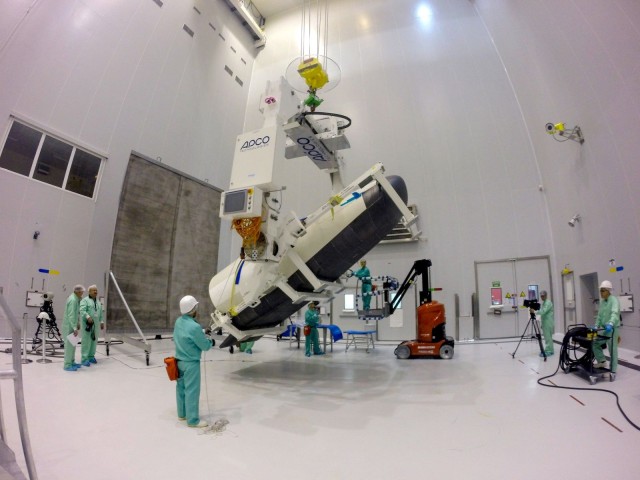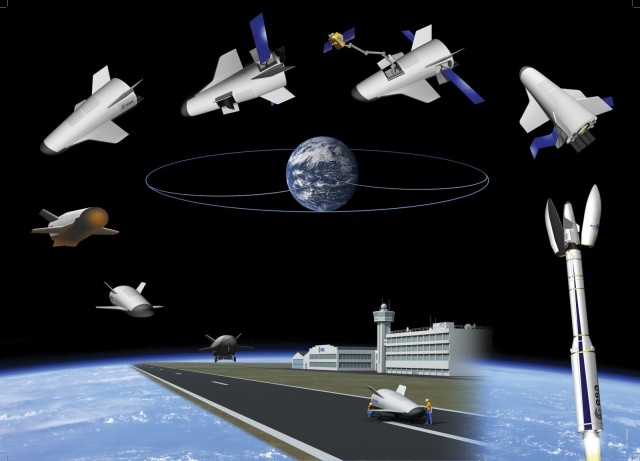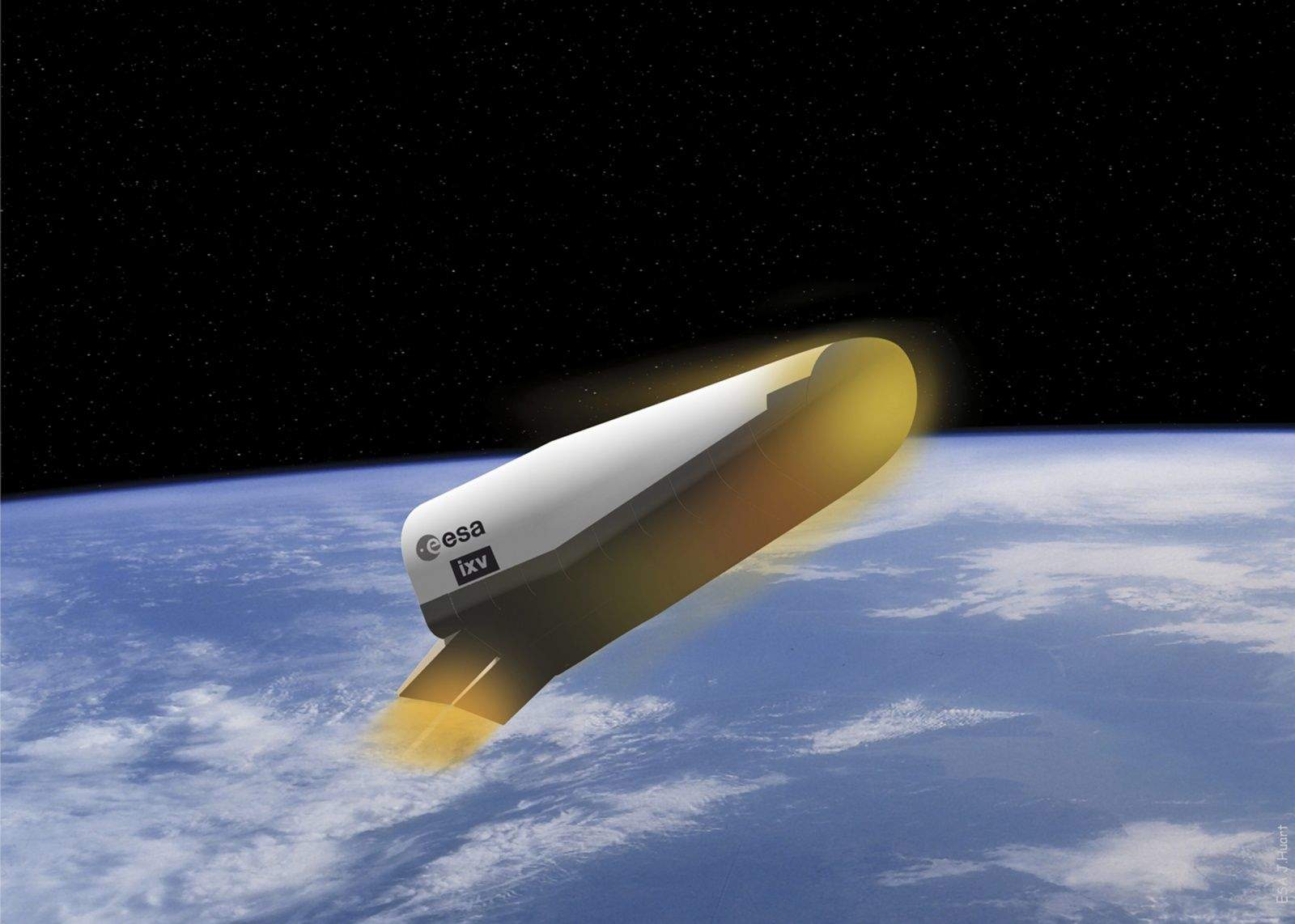With “plane” in the name, you expect to see wings. But the European Space Agency’s Intermediate eXperimental Vehicle IXV, or spaceplane, will have to earn them.
A critical test takes place Feb. 11, when the spaceplane will get a push into space aboard a Vega rocket and splash down 100 minutes later in a vetting of the agency’s re-entry technologies.
About the size — and even look — of a small boat, the 2-ton spaceplane will keep an even keel as it re-enters at hypersonic speeds with the assist of thrusters and a pair of aerodynamic flippers on the back. Chutes will deploy to slow it down and give it a gentle landing in the Pacific Ocean.

The launch, to occur at the ESA Spaceport in Kourou, French Guiana, was supposed to take place last October, but officials had public safety concerns over the trajectory of the Vega rocket. An alternative trajectory was plotted for the Feb. 11 mission.
“Launch preparations have resumed,” launch campaign manager Jose-Maria Galengo Sanz said in a written statement. “Batteries that were removed from IXV are being taken from cold storage, charged and reinstalled. No additional tests are needed. IVX is ready to fly.”
The spaceplane will re-enter nose-up much like the old Space Shuttle, and data from its performance will affect the designs of future ESA spacecraft that will be built for manned flights or supply missions that dock with the International Space Station.
What seems like a flying nose cone now will eventually be a spaceplane with wings that can land on a runway.

https://youtu.be/NiFRkg8csIc


